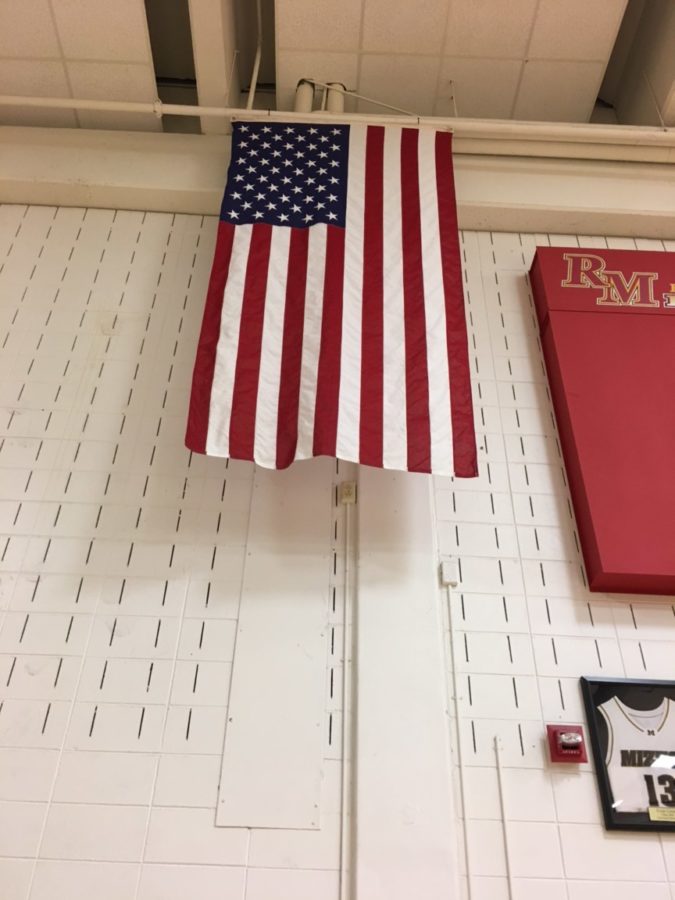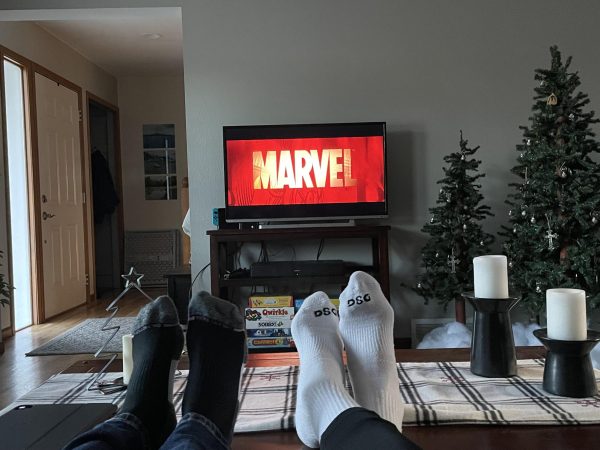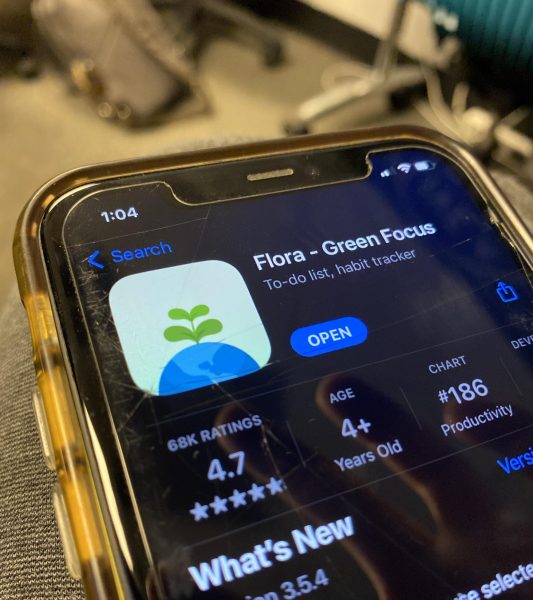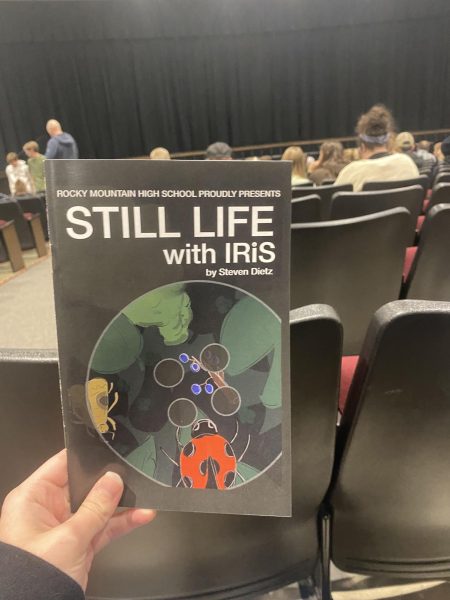What is the Pledge to you?
On September 8, 1892, the American Pledge of Allegiance was published in the Youth Companion, an American children’s magazine.
At RMHS the first thing we are told to do during second period is to stand up for the pledge. What does it mean when kids stand up for the pledge and repeat what they’ve been saying every day since first grade?
Jaden Rivera, a junior at Rocky, said that when she is told to stand up for the pledge, she does not say it and keeps her hands at her side. She believes that over time it became more about repeating the pledge and less about showing patriotism. She doesn’t want to be disrespectful, so she stands; but she thinks the words have just become repetitive.
Another junior, Oscar Valdez, was born here, but his parents were born in Mexico. “Saying the pledge is definitely more of something that I do as a routine.” Because he is Mexican he would say he is more into being patriotic towards Mexico. He still stands up for the pledge, but if you asked him he would identify with his family’s country.
Government and US History teacher Charlie Ross believes that there are very few reasons someone should sit down for the pledge, and if he saw someone do it he would be curious as to why they are sitting.
To Mr. Ross the pledge is “an opportunity to pledge an allegiance to a country that has given me so much.” The pledge is a way to show gratitude to the country for giving him the freedoms that American citizens have today.
If you know anything about Mr.Ross, you know he is a funny and sarcastic teacher. A remark that I heard often when doing the pledge in his second hour was, “only stand if you enjoy having the freedoms that America offers” or “only stand if you gain from our Constitution.”
Mr.Ross made sure to convey the point that by living under the flag, you have the chance to change what you dislike. And when people sit down for the pledge, people are not doing anything productive. There are other things that would be more impactful if they want to make a serious difference. For example, you could start a protest or try to contact someone in charge of what you want to change. Being proactive instead of silently protesting can be more effective.
Ross’ final point was that people who sit down for the pledge “just don’t get it.” They don’t understand by sitting down they are not doing anything, because if you want something changed, sitting down is not the best way to do it.
My opinion comes pretty close to Mr.Ross’s in that the pledge is a way for someone to show that they have pride in America and everything it stands for. And if you want to change something there are better ways to do so than sitting down. You will never see me sit down for the Pledge of Allegiance.

Max is a senior at Rocky Mountain who plays varsity soccer. He is going to be attending Metro State to play soccer next year. He also has a twin sister...







Conner Culhane • Feb 23, 2018 at 12:05 pm
I believe the pledge is a way for us to pay tribute and affirm our allegiance to this great nation. Without uniting symbols such as the flag, or the anthem or the pledge we have seen a degeneration of the public discourse and the damage is far from inconsequential. I believe through the restoration of an open and respectful discourse we can mitigate the effects of the desecration of our uniting symbols. Though it is not technically an infraction upon the laws of this great nation to disrespect the flag, nor should it be, it is a practice which should be discouraged proactively. As you president, I promise to act in a beneficent manner toward the symbols and citizens of this great nation.
My name is Conner Culhane and I approve this message.
#Culhane2036
Ethan Hollcroft • Feb 6, 2018 at 1:54 pm
I think everyone who lives in this country should stand for the pledge with their right hand over their heart. regardless of where you’re from, you (or your parents) chose to come here, and you should be proud of where you live. I’m not saying you should forget your heritage or anything like that, but show some respect for the country you live in, and the men and women that gave their lives so you could be here.
Brennan Higgins • Dec 14, 2017 at 10:12 am
I personally would not sit for the pledge and agree that it is a way to show support for the U.S. but, I disagree that it is an ineffective way of communicating your thoughts. Obviously It is causing huge discussion in our country hence this story and other media coverage.
Nick Mathis • Dec 14, 2017 at 9:44 am
I see the pledge as a way to pay tribute and respect to our country.
anon • Nov 2, 2017 at 9:21 am
what is wrong with you liberal swine
Harry Yoxall • Nov 2, 2017 at 1:36 pm
I think this article went over your head…
Ethan Hollcroft • Feb 12, 2018 at 8:24 am
r/Whoooosh